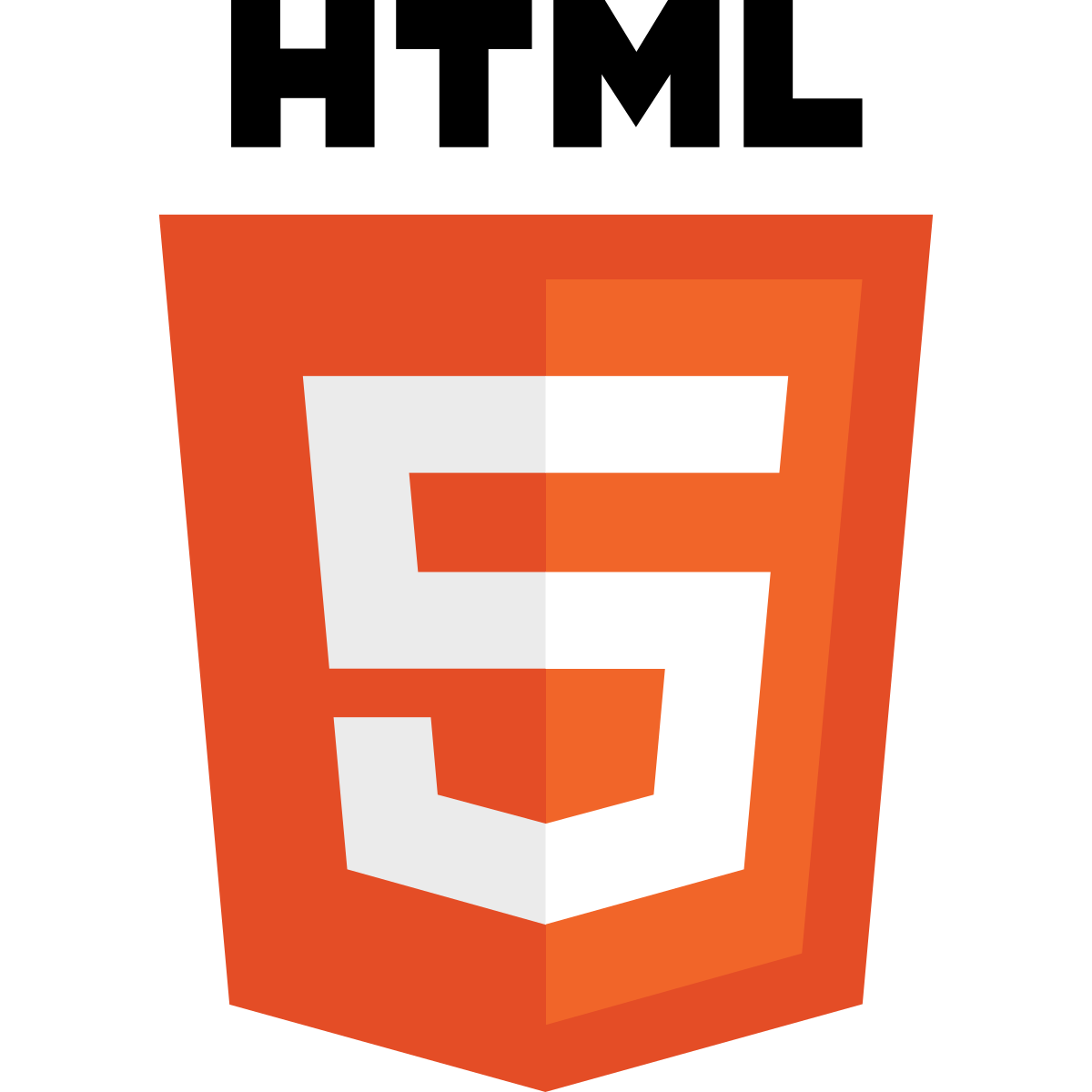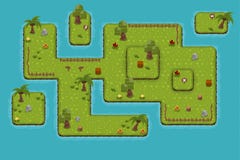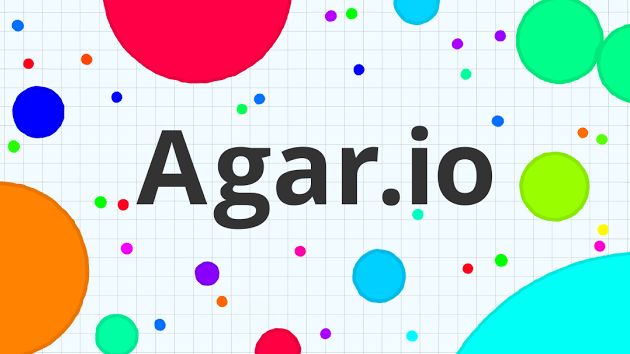Team Ambiguous
Chris Hurt, Jack Cogdill, Parker Irving
We’re presenting two ideas for our class project, both of which share some common characteristics. We want to make a video game that is both easily accessible and fun for anyone. Thus, we’ve decided to make the game web-based using web technologies like JavaScript and HTML5. Also, we want to incorporate aspects of both the liveness and ambiguity themes. The game should be multiplayer, and the game should heavily incorporate player interactivity to provide a live setting. Player objectives should remain non-obvious, or even unclear, to produce ambiguous goals.

Our first idea is a platformer game. Platformers typically involve characters moving two-dimensionally (up/down, left/right) along platforms, which are typically made up of ground to walk on, obstacles, enemies, etc. Usually, the end goal is to reach the end of the platform. In our game, a single character will run across platforms from left to right, and other players will mutate terrain to guide the character’s movement, such as by adding and deleting blocks. Every player will have a unique goal that will affect how they wish to affect the running character. Also, players won’t be aware of each other’s goals, but will be able to see other players’ actions to help them better understand their intentions. Ultimately, the first player to achieve their goal will be declared the winner.

Our second idea is to make a real-time strategy game. Real-time strategy games are like how they sound: players will participate simultaneously (not in turns), and they involve strategy components such as resource management, attacking/defending against other players, forming alliances, making upgrades, etc. Our game will feature a bird’s-eye view of a terrain. Each player will start on their own island and will have the ability to collect resources and expand their island outwards. Players will have vastly different objectives, such as killing another player, moving to another island, collecting a certain amount of resources, etc. Additionally, players will not be aware of other players’ objectives, so doing things like forming alliances or sharing resources could be very risky. However, players who collaborate will receive large rewards, so the risk may just be worth it. A live text chat will be available so all players in the game can communicate with each other. This introduces a psychological component to the game’s challenge factor. The first player to achieve their specific goal will be deemed the winner.

There are a few different related works that are similar to our proposed ideas, the most well know being the online game agar.io (https://agar.io/). This game is a live multiplayer competition where your goal is to absorb other players. You can only absorb other players if you are a larger size than them and if you absorb them you grow in size. While this game is a dynamic live multiplayer game, the gameplay itself is repetitive in nature. We aim to make a game that is constantly changing.

For our project, we want to make a video game that is easily accessible and incorporates aspects of both the liveness and ambiguity themes. We feel that both of our ideas will lead to a game that is both fun to make and entertaining to those who play it. We believe this game fits the criteria for the class project and suits all of our team members’ interests, and we’re excited to get started on it.